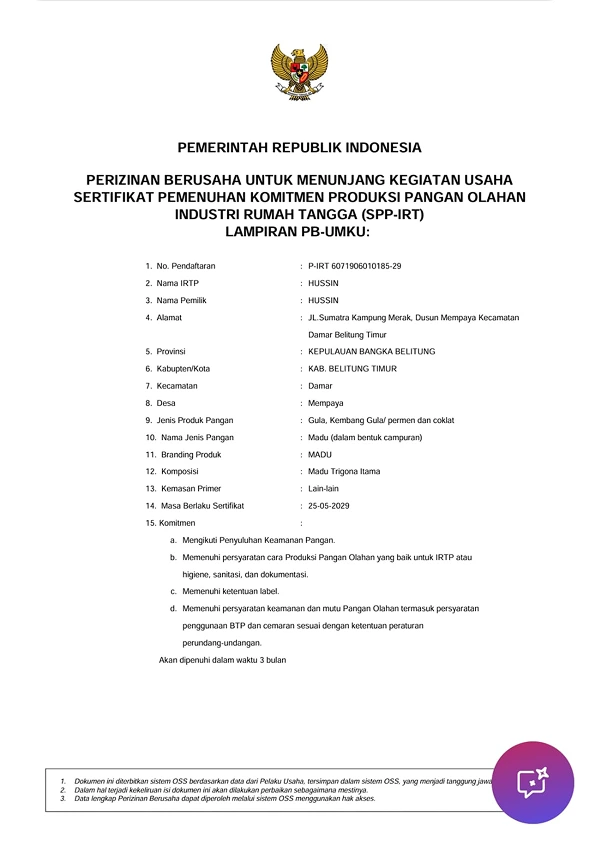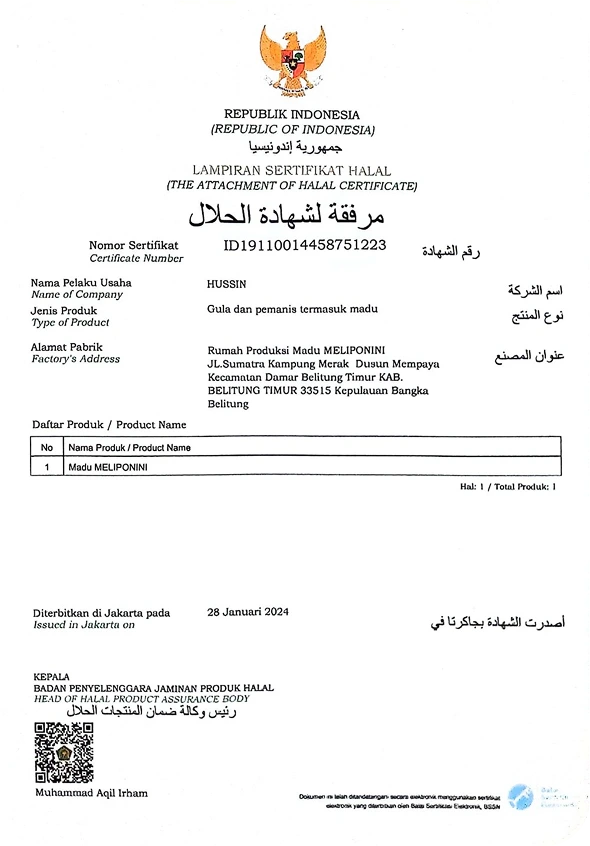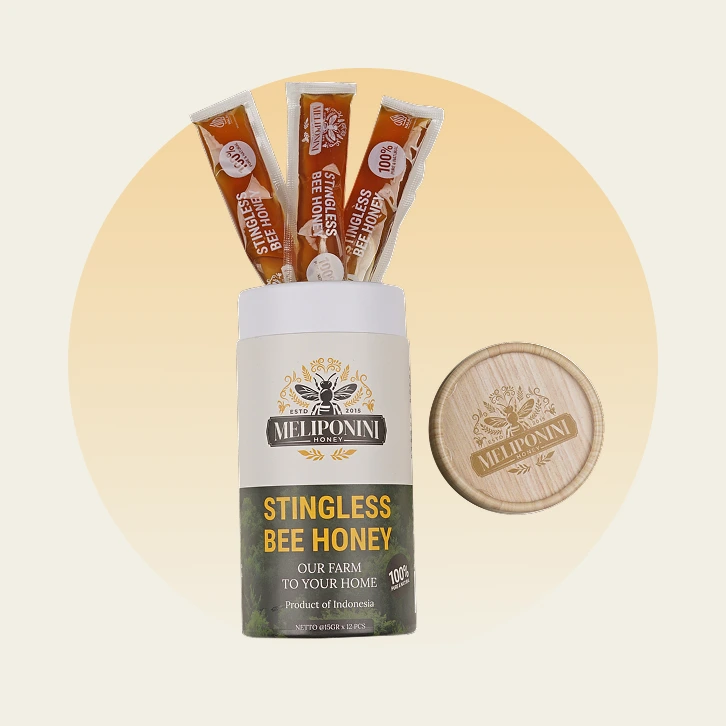

STINGLESS
BEE HONEY
OUR FARM TO YOUR HOME
Have You Ever Heard of
Stingless Bee Honey Before?
Meliponini Honey is produced by a species of stingless bees called Heterotrigona Itama, which live in tropical regions. Meliponini Honey has a sour taste and a thinner texture compared to regular honey, which is characteristic of this type of honey. This is because Meliponini Honey contains natural propolis and phenolic acids at higher levels than regular honey.
Our Product
Quality Products from Meliponini Honey
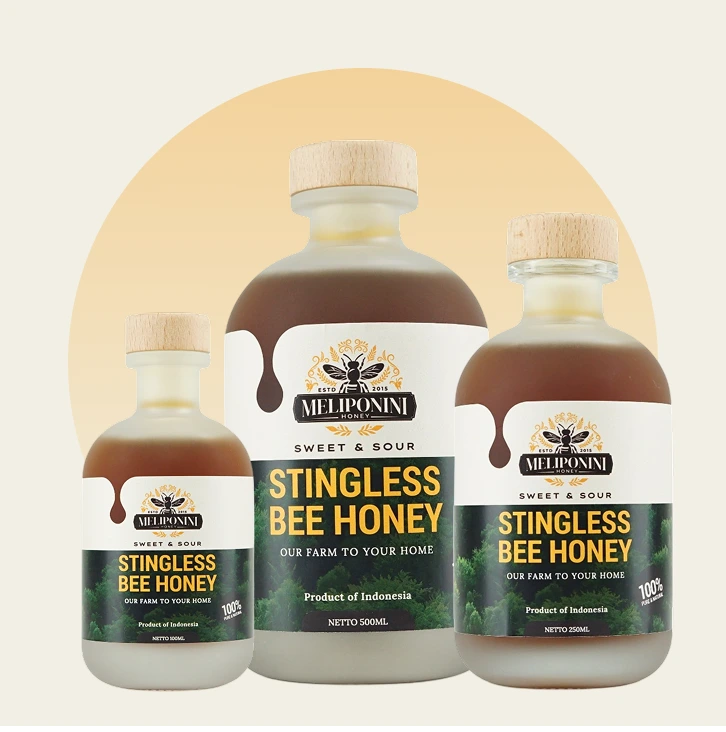
Meliponini Honey
A sour taste and a thinner texture are the characteristics of Meliponini honey which is produced from the stingless bee Heterotrigona Itama.
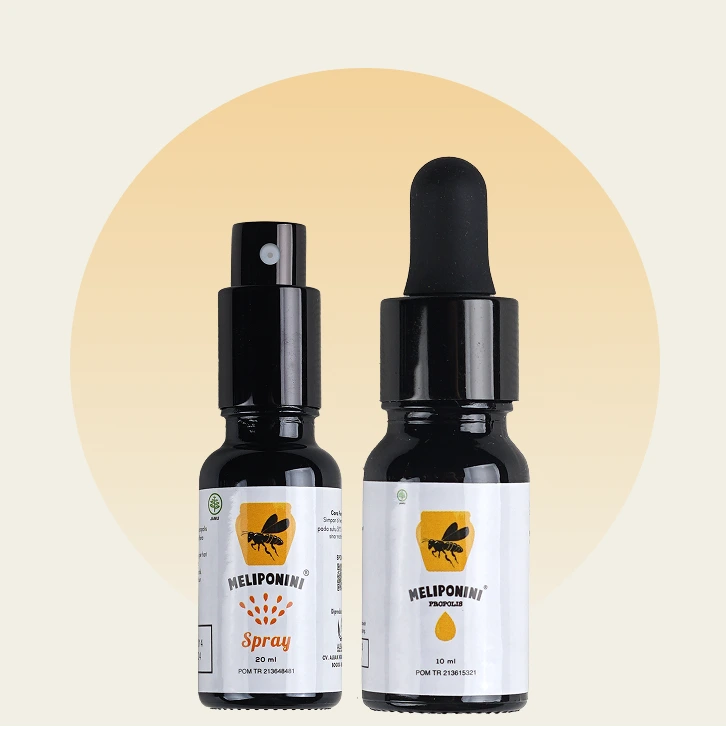
PROPOLIS
100% natural non-wax and non-alcoholic propolis from stingless bee / trigona / kelulut which is processed with nano technology so that the benefits are felt more quickly and effectively.
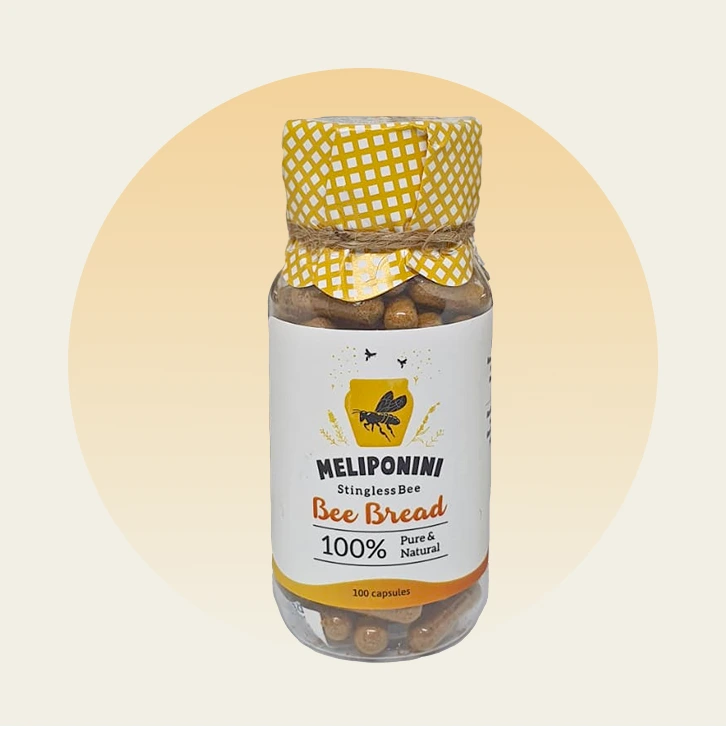
BEE BREAD
Produced by natural and stingless bees. Bee bread is food for queen bees so it is very rich in nutrients to maintain body stamina.
COMPARISON
MELIPONINI HONEY VS REGULAR HONEY
Unlike honey from stinging bees, Trigona bees store their honey in storage pots made from cerumen, which is secreted by glands in the worker bees’ abdomen and combined with propolis, which is resin collected from plants. As a result, the honey is influenced by the infiltration of propolis content.
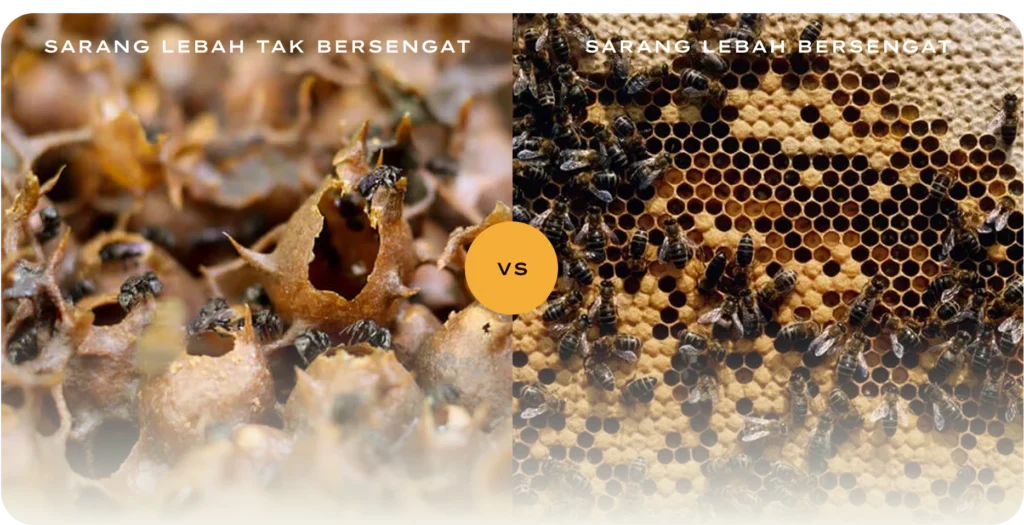
All honey contains levels of hydrogen peroxide produced by honey enzymes that have antibacterial properties. These enzymes are easily destroyed by exposure to sunlight, light, and when in contact with body fluids. However, there are certain types of honey that have antibacterial properties independent of peroxide, resulting in a more consistent and stable antibacterial action.
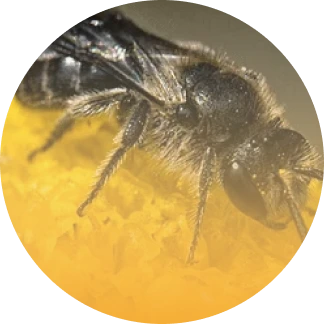
MELIPONINI HONEY
Meliponini belongs to the Trigona mirol type of honey, produced by Heterotrigona Itama bees. Its advantage lies in the honeycomb pods (cerumen), which are made from beeswax and propolis resin. It is the propolis that gives Trigona (Meliponini) honey its antimicrobial properties. Therefore, regardless of the nectar source, Meliponini Honey naturally contains propolis, ensuring more consistent antibacterial properties than Manuka Honey.
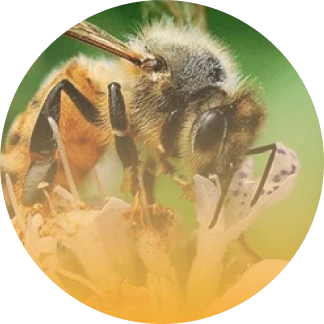
MANUKA HONEY
Manuka Honey is produced by the species Apis mellifera (a type of stinging bee), and its honey comes from the active ingredient “methylglyoxal” found in manuka nectar. The activity level of Manuka Honey heavily depends on the exclusivity of the bees’ visits to manuka flowers only (and not to other flowers). Therefore, each batch of honey needs to be certified by the UMF Honey Association to ensure that it originates from manuka nectar.
BENEFITS
Main Benefits of Meliponini Honey
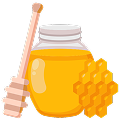
Lower in calories compared to honey from stinging bees

Processed naturally without chemical processes

Contains 3x more antioxidants than stinging bees

Kills more harmful bacteria than stinging bees
Meliponini | Reguler honey | |
|---|---|---|
HONEY PRODUCTION | 1 - 2 KG per nest a year | 30 KG per nest a year |
ANTI-BACTERIAL PROPERTIES | Consistent acid comes from propolis from the walls of the hive which enters the honey | Variable because it depends on the nectar source of the manuka nectar, and how much is collected |
SURCOSE LEVEL | 0,12 - 0,3% | 3 - 5% |
FEEDING PROCESS | There is no need for maintenance feeding as they store excess pollen throughout the year | Requires maintenance feeding with sugar and pollen substitutes during seasons or when honey flow is not available |
COMPARISON OF BEE ENDURANCE | High tolerance to pests and diseases due to its smaller size and extensive use of propolis which acts as a germ and pest killer - no medication required | Low tolerance to pests and diseases, and requires medication- for example: antibiotics, miticides, etc |
POLLINATION PROCESS | The forager's short range is up to a radius of 500m, which means plant pollination is more intensive nearby | Long distance forager up to a 5km radius, which means less thorough pollination |
BENEFITS
Main Benefits of Meliponini Honey
- Boosts Immunity: Meliponini Honey contains natural propolis, which helps improve the immune system.
- Helps Treat Cough, Cold, Mouth Ulcers, and Sore Throat: Due to its high content of phenolic acid and flavonoids, it acts as a natural antioxidant, antibacterial, and anti-inflammatory agent.
- Supports Digestive Health: It contains natural probiotics, which aid in digestion.
- Prevents Premature Aging: Meliponini Honey is rich in vitamins A, B-complex, C, D, E, K, 18 types of amino acids (including 8 essential amino acids), and over 28 minerals, which help maintain balanced nutrition and support a healthy metabolism.
- Accelerates Wound or Bruise Healing.
- Improves Sleep Quality: It promotes better sleep and is beneficial for those suffering from insomnia.
BENEFITS
What do those who have said
Feel the Benefits of Meliponini Honey?
Mrs IVA
Housewife
Mrs Nuryanah
Private Sector Employee
MRS SANTI
Housewife
LAB TEST
Meliponini honey already
took the LAB and PIRT tests
